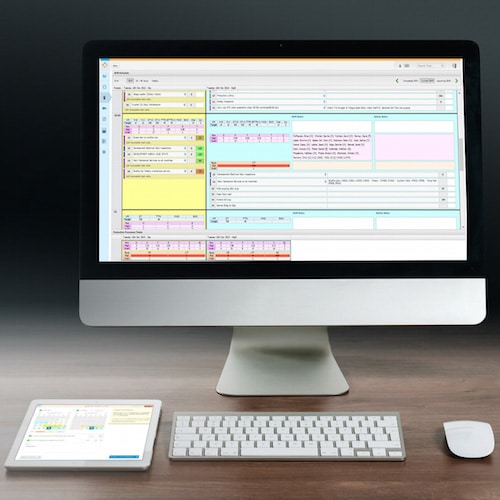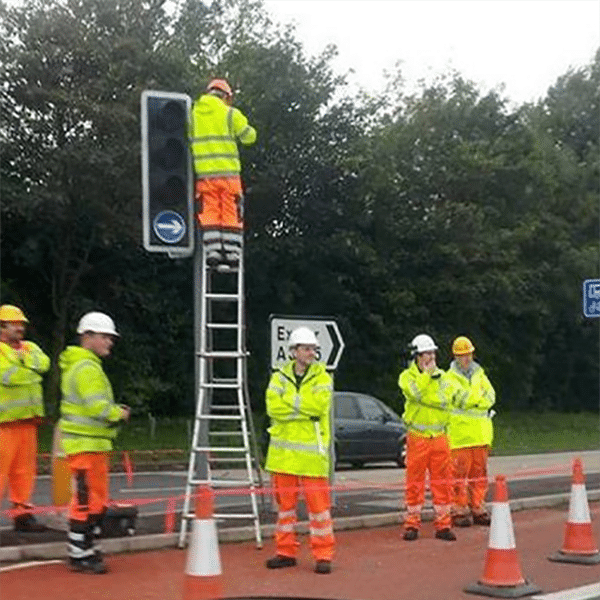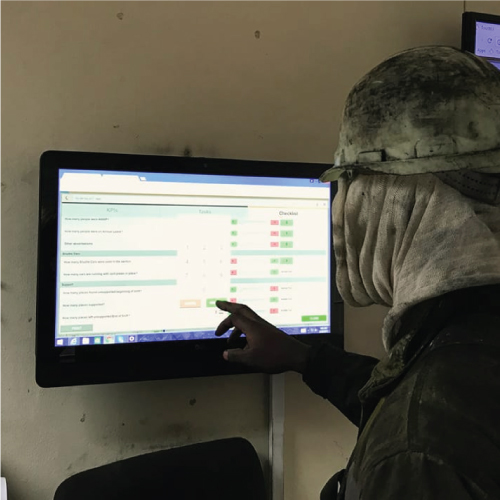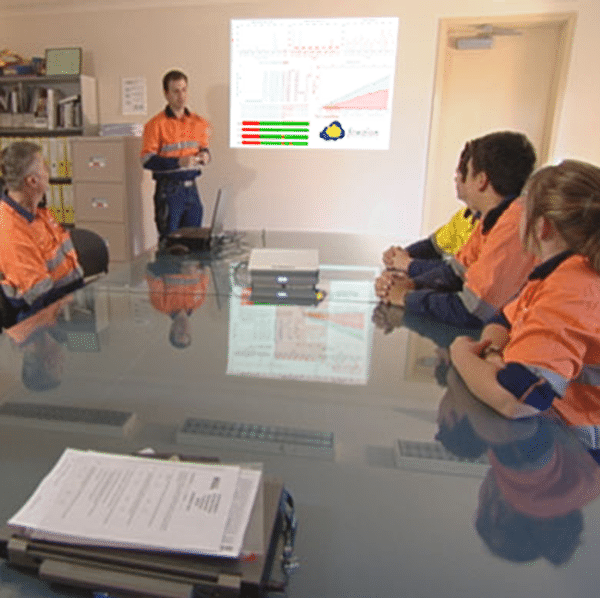control
and big improvements in availability
Imagine your workshop running like clockwork
Imagine the weekly planning meeting is about to start, everyone has completed their plans and there is enough time to look at the schedule for the week and find any issues. There aren’t any… Each team’s plan is resource balanced and prioritised, there seems to be no reason why this plan shouldn’t work.
Four years ago a major international mining corporation was struggling to manage work and people on one of their sites. They decided to dump their clumsy work and maintenance scheduling spreadsheets and design something that would drag them into the 21st century and sustainably double their production….
If you use a traditional maintenance management system you may or may not have asked yourself these questions.
1. How do we ensure that production, maintenance, safety and project teams are working together (not against each other) to deliver planned work?
2. Can we get production teams to make equipment available for maintenance when they need it?
3. How do we ensure our crews have a full day of the highest priority work? Contingency work?
4. How much time is wasted manually scheduling and rescheduling work with old fashioned tools? What would you do with this time if you could use it for something else?
If your answers to the questions above involved spreadsheets, whiteboards or folders on a wall then the video on the right, in an entertaining way, describes your problem perfectly.
You’re not alone… almost everyone we talk to tells us that their maintenance system doesn’t help supervisors with the critical task of leading their teams to get the work done each shift. If you’re lucky enough to have a scheduling system then I’d be very surprised if it included any production, safety or project tasks.
So, what would a better work management / scheduling tool look like and how would it help?
1. Firstly it would get rid of all the unwieldy spreadsheet, whiteboard and other manual tools you currently use whilst maintaining the benefits and behaviours of a lean / visual management system.
2. Secondly, it would connect to Maximo and other key operational systems.
3. Third it would be extremely easy (and quick) for planners to develop a shift by shift work plan for all processes on a site, whether maintenance, production, safety or project.
4. Each shift would contain the people, process and equipment necessary to meet relevant targets (or KPIs). Plans could easily be adapted for changing conditions so that they are up to date when the crew goes to work.
5. The workforce could be engaged in developing the plan (because they can see it in the workplace and let planners know in advance when they foresee a problem).
6. Supervisors (and crew) could visually complete work from the plan and everyone on site could see that the plan was getting done as it happened.
7. Management would automatically receive reports each day for use during daily meetings.
Imagine your team using a system like this, day in, day out. Looking back at the year, how much do you think you could have improved?
PROVEN RESULTS
IMPROVE AVAILABILITY BY 100%
INCREASE SCHEDULE COMPLIANCE BY 60%
HALVE THE NUMBER OF LOST TIME INCIDENTS
Try it for Free
Start Your Free Personalised Demo Today!
Ready to discover how Fewzion can help your organisation?
Within just 10 minutes discussing your business, our team will show you how Fewzion will help.
Within just 10 minutes discussing your business, our team will show you how Fewzion will help.







